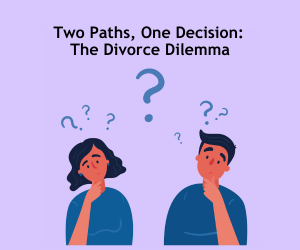In my
collaborative legal practice, I consistently witness the power of communication in conflict resolution. A recent story illustrates this power.
My father recently settled into his lawn chair in the backyard of his beautiful Southern California home when he heard a strange noise. As the noise was conspicuously and continuously coming from his neighbor’s yard, he peeked over the fence. He was surprised to find a dozen or so chickens running freely around the yard – clucking and pecking up a storm. They were destroying the yard and making a noise that over the next few days became a great nuisance. He first researched the “urban chicken” phenomenon and then reached out to animal control to learn the neighbor needed to have a permit. He informed me that he was going to report his neighbor to the county, which would likely result in a fine and perhaps an end to the noise.
I suggested my father talk to his neighbor first. Begrudgingly, he did so and learned that the woman who lived next door had an adult son who recently suffered a traumatic brain injury. Due to his injury, he has fixated on certain activities for short periods of time. She has tried to allow her son these activities and is working with a physician to do so in a therapeutic way. The chickens are one of these activities. She expected the chickens to be gone within a month and offered my father fresh eggs as consolation for his troubles. He was not only sympathetic to her challenges, the noise seemed to subside after that conversation, and my father thoroughly enjoyed the eggs.
The simple act of communicating
resolved this conflict. A collaborative divorce provides a safe and effective way to communicate in order to find resolutions. While emotions often get in the way of open and honest communication, the collaborative process supports keeping the communication lines open. It allows clients to “reach across the table” (just as my father “reached across the fence”) and learn more in an effort find resolution. If there are children in a case, the parents need to have open lines of communication as co-parents. The collaborative process is the best process out there to use communication effectively, practice those skills and, with the help of collaborative professionals, even improve communication skills for the future.
More Collaborative Law Posts



